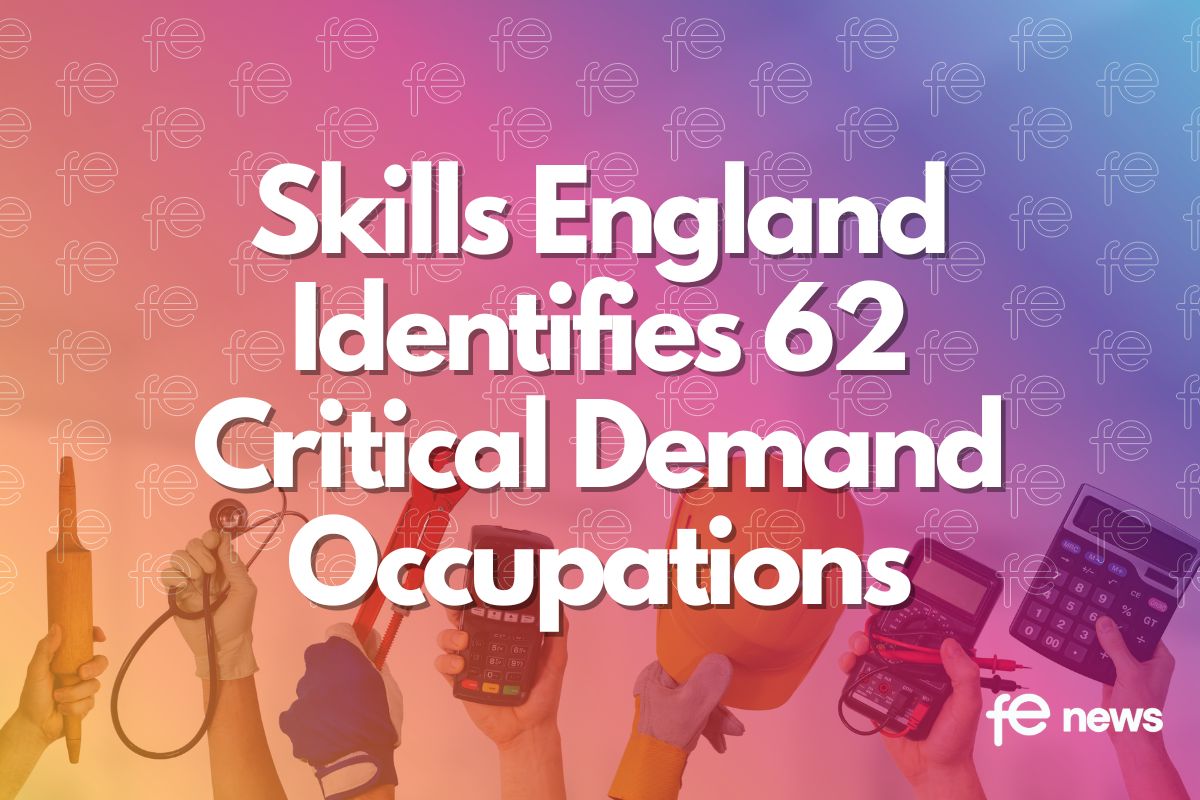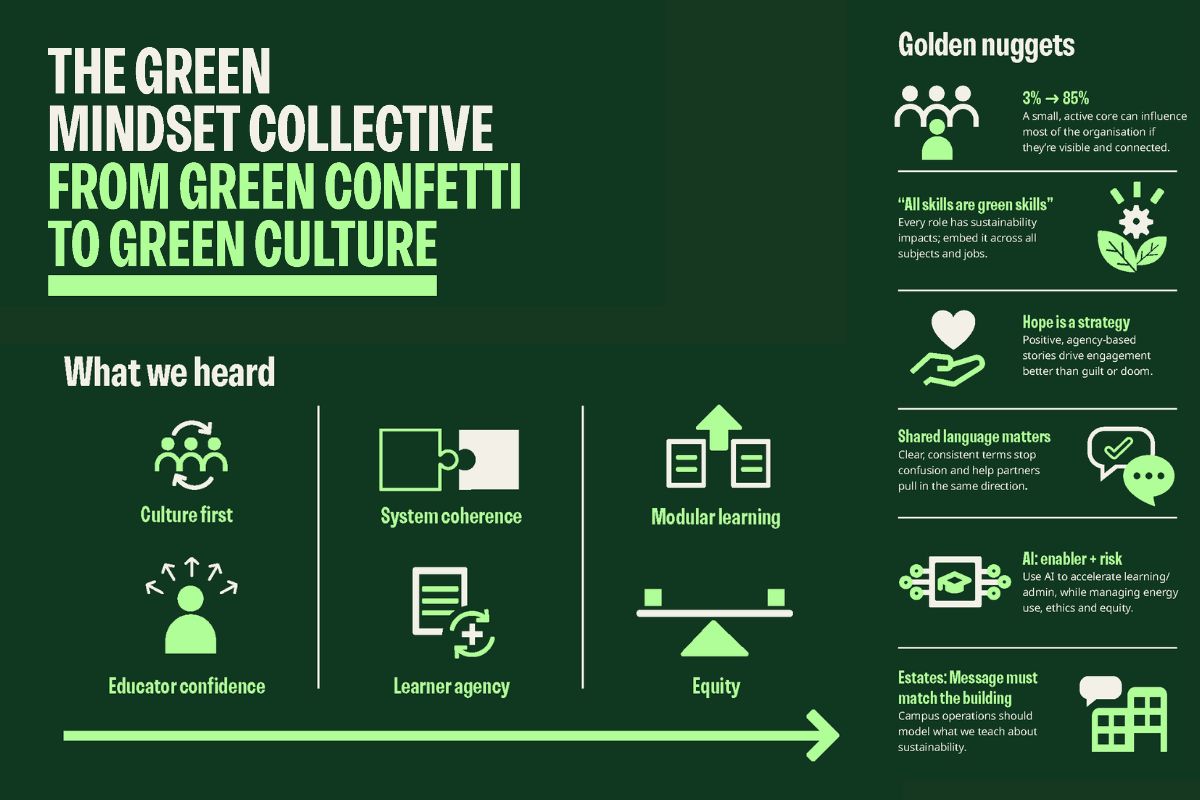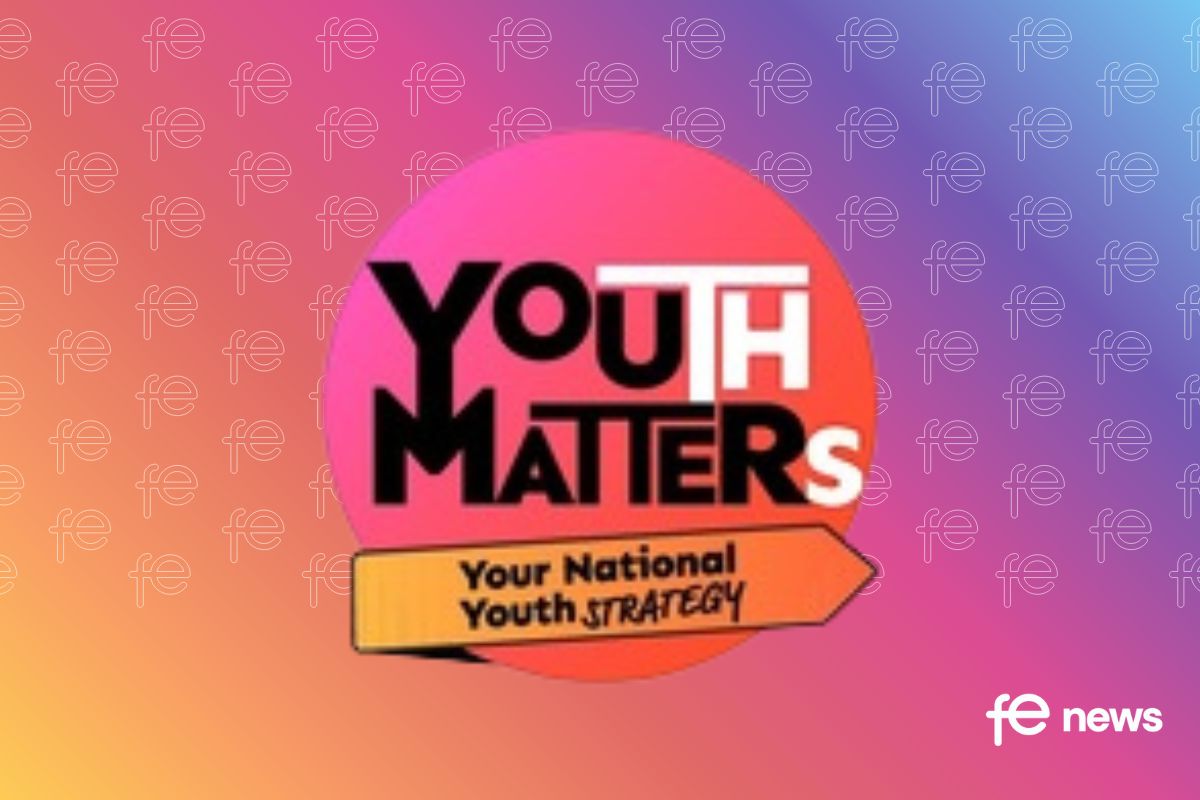Transforming #EdTech through a cloud ethos #FutureofEducation

Using cloud technology to provide internet services to schools
I am passionate about the opportunities offered by the cloud. And that’s because it has transformed the world. If you think of the modern experience of shopping, travel, and services like Uber, these are only possible because of the cloud.
It has enabled us to disrupt society and provide services that weren’t possible before. The rate of change is huge, and there is continual improvement. It’s this ethos that we’re bringing into education.
LGfL is actually going national. We cover a number of schools across the UK, including some in Liverpool, Sandwell and Hastings, as well as the Midlands, so it’s now more of a National Grid for Learning if you like.
If you think about things that excite children – AR, VR, things like Minecraft-all these things use cloud. So in order to get children invested in education, it’s likely cloud will be used.
Money is also an issue. Because of the economies of scale, cloud is easy for institutions to support. And it’s fundamentally changing school processes. LGfL’s ‘Let’s get digital’ programme has a strategy that is overtly driven by getting cloud to work in schools. We’re re-engineering connectivity for cloud.
Bundling services is also a huge cost-saver. You don’t have to be an LGfL customer to use our savings calculator. Schools can put in how many students they have, and how many devices, and the calculator will work out how much money they could be saving with bundles.
Providing EdTech is important, but educators often need continued support in implementing it to its full effect
LGfL has a team of educationists -former headteachers, educators, etc – that advise on the training and support that LGfl offers to schools. We also hold conferences, attended by hundreds of schools, that allows the community to share best practice, and to hear from leading practitioners from many different areas. For example recently we heard from Microsoft about security.
We also have curriculum consultants that go out to schools. They’re not there to sell, but to say “What do you want to do with this technology? How can we help?”
At the moment, as well, we’re developing a digital strategy toolkit for schools. It’s not quite ready, but we’re piloting it with MATs in London and Birmingham, so they’re letting us know what they need.
Our content portal is also a good resource to help schools engage in an immediate and easy way with what LGfL are doing. There are case studies and testimonials, as well as content within categories such as safeguarding, which schools can use to help understand how things work with an LGfL subscription.
We’ve also got a number of initiatives that help with different elements of digital transformation in schools. For example, the TechSquad empowers the tech side of schools and their support organisations to make the most of technology in the cloud. We’ve signed agreements with many SMEs across London and the Home Counties, plugging them into the best practice in education.
They’re the ones creating the edtech and supporting schools, so they need to be on the same page. We’re aiming to create a fantastic support network, through traditional support systems such as a helpdesk, but also through our on line video content, and these partnerships.
Barriers to schools adopting and successfully implementing EdTech
A good way to illustrate the two main issues here, is via the image of an iceberg. Above the water is what I call adoption, and below the water is absorption.
Lots of organisations buy tech because it’s easy, there’s kit everywhere in schools. But what many don’t do so well is to absorb it.
First things first, there need to be clear priorities and focus.
It sounds obvious, but a lot of schools don’t have a straightforward, clean strategy. Look at what you want to do, and how tech can help you achieve that.
Secondly, senior management need to be aligned with your goals.
The top-ranking people in the institution need to model this behaviour. On top of this, of course, needs to be continued professional development. Staff need to be up-to-date and comfortable using the tech at their disposal. A little bit of top-down implementation is important, but everyone involved needs to feel like they’re part of the change. Don’t forget to ensure that all staff have a say in what is happening. The trusted interface of a ‘digital champion’, or a couple of champions in bigger schools, can make a big difference. It allows people to be really involved, and to relay ideas and concerns from their colleagues in a streamlined way.
Finally, of course, finances need to be in order.
It’s all about execution here. Schools need to take a good look at their budget and see where they can be creative.
On top of these points, a big issue for many schools is the use of legacy systems.
A lot of systems schools are still using were designed for the dinosaur age, and can’t simply be ‘lifted and shifted’ into the cloud. It’s also important to remember that any digital tramformation will take time, and that not everything has to be in the cloud. Hybrid systems can work when executed well.
Regulation and standardisation
One of my more controversial thoughts is that, as we have industry regulators for electricity, TV, etc, we ought to have one for EdTech.
There is certainly a role for it, and although I have the advantage of being able to stand on my soapbox a little bit due to running a charity, not a profit-making FTSE 100 company or something, I have seen some behaviour in the sector that disappoints me. Regulation and standardisation could be very helpful.
The big cloud players need to be a part of the conversation, too. They don’t always make it easy to run their products on other platforms. Of course they want to protect their own ecosystems, but there could be more cross-fertilisation I think.
John Jackson, CEO, LGfL a registered charity











Responses